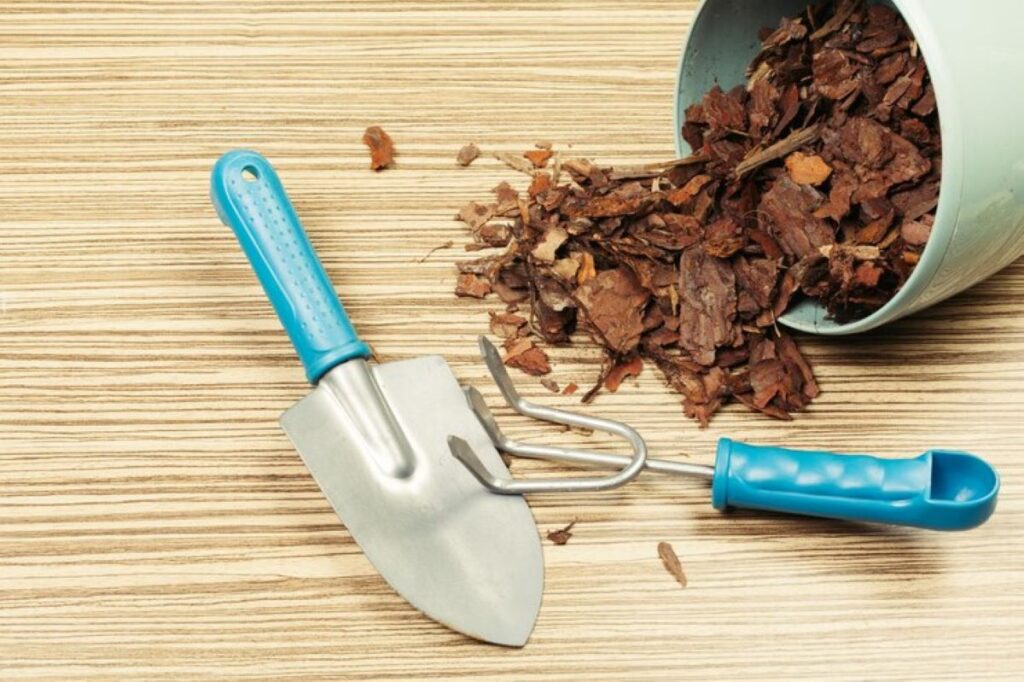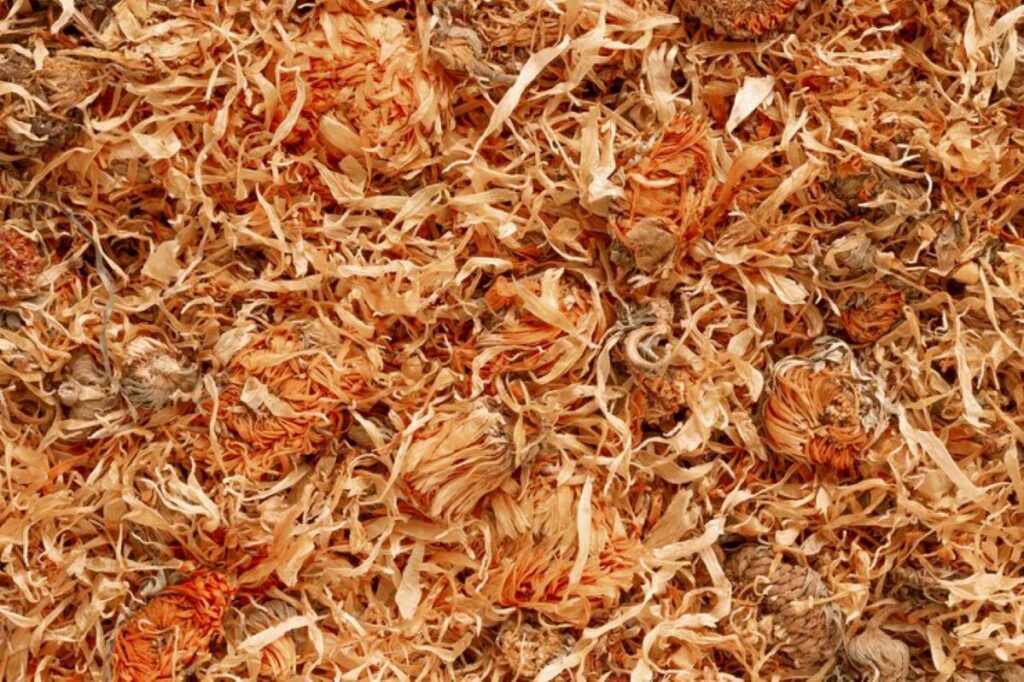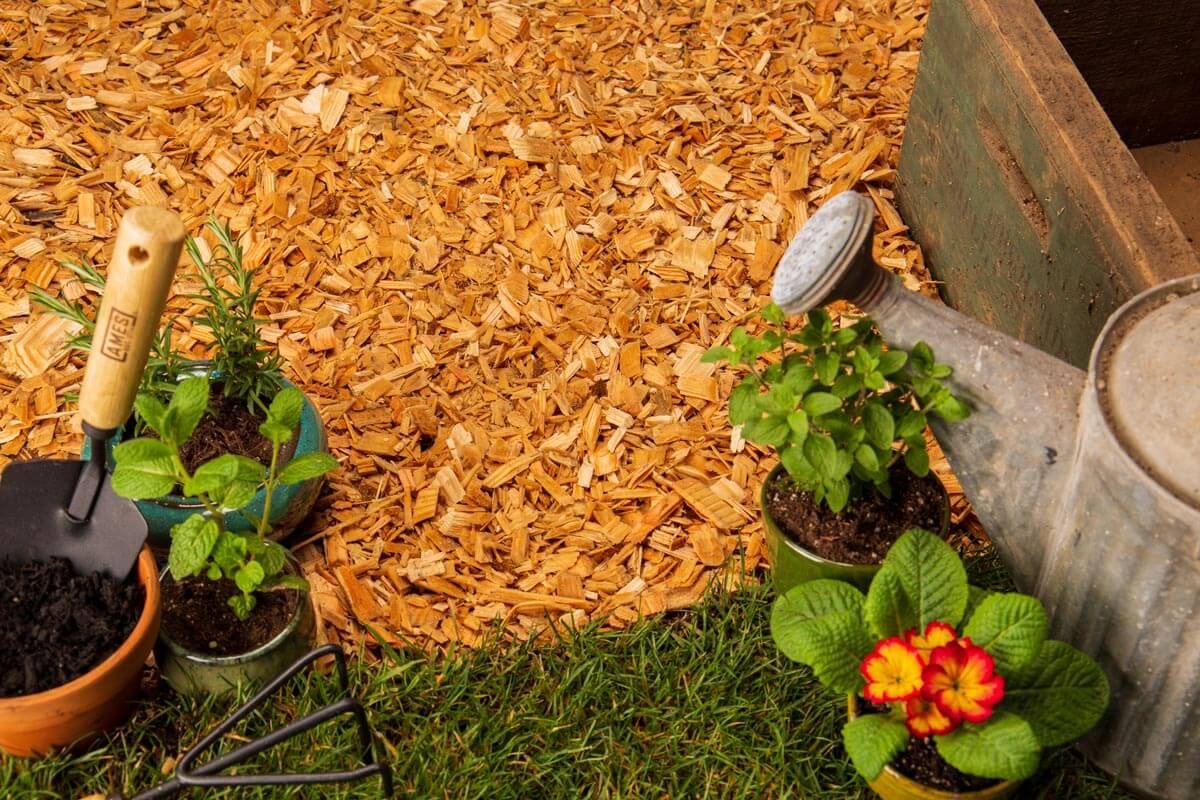Choosing the right ground cover material is crucial for maintaining a healthy and sustainable garden. Wood chips and mulch are two different options available, each offering its own advantages to garden spaces.
What Are Wood Chips?
Wood chips are made from shredded or chipped tree materials, which can include:
- Bark pieces
- Branch fragments
- Wood segments
- Tree trimmings
What Is Mulch?
Mulch is a broader term that refers to various organic materials used as ground cover. It can include:
- Straw
- Grass clippings
- Leaves
- Composted materials
- Processed wood products
Why Does the Difference Matter?
The difference between Wood Chips vs Mulch can have an impact on several aspects of your garden:
- Soil protection: Different materials break down at different rates, affecting how well they cover the soil.
- Moisture retention: Each type of material has its own ability to hold water.
- Temperature regulation: The thickness and density of the material can influence the temperature of the soil.
- Nutrient delivery: How quickly nutrients are released depends on how fast the material decomposes.
- Aesthetic appearance: The visual appeal of your garden can vary depending on which option you choose.
By understanding these differences, gardeners can make better decisions based on their specific needs. The choice between wood chips and mulch can impact plant health, maintenance routines, and overall garden appearance. If the chosen material doesn’t align with what your garden requires, it could result in stressed plants, increased maintenance efforts, or poor growth outcomes.
Making the right choice when it comes to ground cover materials sets a solid foundation for flourishing gardens. This decision plays a vital role in both planning and maintaining your garden.
How Do Wood Chips and Mulch Protect Soil, Retain Moisture, and Regulate Temperature in Gardens?
Wood chips and mulch create a protective barrier that shields garden soil from various environmental challenges. This natural shield serves multiple critical functions:
Soil Protection Benefits:
- Prevents soil erosion during heavy rains
- Reduces weed growth by blocking sunlight
- Minimises soil compaction from foot traffic
- Creates habitat for beneficial organisms
The moisture retention capabilities of these materials prove invaluable for plant health. A 5-8cm layer of wood chips or mulch can reduce water evaporation by up to 70%. This moisture-preserving effect:
- Decreases watering frequency requirements
- Maintains consistent soil moisture levels
- Supports root development
- Reduces plant stress during dry periods
Temperature regulation stands as another crucial advantage of applying wood chips or mulch. These materials act as natural insulators:
In Summer:
- Reflects sunlight to keep soil cooler
- Reduces water evaporation
- Protects roots from heat stress
- Maintains biological activity in soil
In Winter:
- Insulates soil from extreme cold
- Prevents frost heave damage
- Reduces plant stress from freeze-thaw cycles
- Protects dormant plant roots
The combined effects of soil protection, moisture retention, and temperature regulation create optimal growing conditions for plants. Root systems develop more robustly in protected environments, leading to stronger, healthier plants. These materials break down gradually, enriching soil structure and providing essential nutrients.
Different garden areas benefit from specific applications – paths between vegetable beds might require thicker layers for foot traffic protection, while ornamental beds may need lighter coverage for delicate plants. Understanding these protective mechanisms helps gardeners make informed decisions about material placement and depth.
What Are the Key Characteristics of Wood Chips That Make Them Suitable for Gardening?
Wood chips are made from shredded tree materials such as bark, branches, and trunk sections. These natural elements create a strong and long-lasting garden covering that serves various purposes in landscaping and plant care.
Size and Texture
The size and texture of wood chips are important factors in determining their effectiveness:
- Large pieces (2-4 inches): Ideal for pathways and around trees
- Medium chunks (1-2 inches): Perfect for shrub beds
- Small fragments (0.5-1 inch): Suitable for general garden areas
Durability
Wood chips are more durable than traditional mulch. Their dense structure allows them to withstand:
- Heavy rainfall
- Strong winds
- Foot traffic
- Temperature fluctuations
Benefits for Trees and Shrubs
Trees and shrubs benefit greatly from wood chip applications:
- Root Protection: The large size of wood chips creates a protective barrier for sensitive root systems
- Weed Suppression: Their weight and coverage prevent unwanted plant growth
- Gradual Decomposition: Slow breakdown provides steady nutrient release
- Soil Structure: As chips decompose, they improve soil texture and aeration
Aesthetics and Variety
The natural look of wood chips enhances landscape designs while still offering practical benefits. Different types of wood have unique colours and textures:
- Cedar: Reddish tones with natural pest-resistant properties
- Pine: Light colour with gentle fragrance
- Hardwood: Dark, rich appearance with extended longevity
Professional tree specialists often recommend wood chips because they have a proven history of promoting healthy tree growth and environmentally friendly gardening practices.

How Does Mulch Enrich Soil Fertility and Enhance the Aesthetics of a Garden?
Mulch brings a wide variety of organic materials to garden beds, creating a nutrient-rich environment for plants to thrive. Common organic mulch materials include:
- Grass clippings
- Shredded leaves
- Straw
- Composted manure
- Pine needles
- Cocoa hulls
These materials break down quickly, releasing essential nutrients directly into the soil. The decomposition process stimulates beneficial microorganisms and earthworms, creating a healthy soil ecosystem that supports robust plant growth.
How Organic Mulch Enriches Soil Fertility
The rapid breakdown of organic mulch materials enriches soil fertility through:
- Nitrogen release from grass clippings and manure
- Phosphorus contribution from composted materials
- Potassium addition from straw and leaves
- Trace mineral supplementation from varied organic sources
The Aesthetic Benefits of Mulch in Garden Design
Beyond its nutritional benefits, mulch offers versatile aesthetic options to enhance garden design. Dark-coloured mulches create striking contrasts with light-coloured flowers, while red-tinted varieties complement Mediterranean-style landscapes. Pine needles provide a natural look for woodland gardens, and cocoa hulls add rich brown tones to formal beds.
The visual appeal of mulch extends to:
- Uniform garden bed appearance
- Defined border edges
- Textural contrast with plants
- Colour enhancement of landscape features
Professional gardeners often layer different mulch materials to create unique visual effects while maintaining optimal soil health. This technique allows for both aesthetic customisation and targeted nutrient delivery to specific plant groups within the garden.
What Should Gardeners Consider Regarding the Longevity and Maintenance Requirements of Wood Chips and Mulch?
Wood chips and mulch have different ways of breaking down, which affects how often they need to be maintained. Wood chips, especially those made from hardwood trees, take longer to decompose and can last 5-7 years in garden beds. This slow breakdown process creates a stable environment for plant roots and means that you won’t have to replace them as often.
How Long Do Different Types of Mulch Take to Decompose?
Different types of mulch materials break down at different speeds:
- Straw mulch: 3-6 months
- Grass clippings: 1-2 months
- Leaf mulch: 6-12 months
- Bark mulch: 2-3 years
The speed at which these materials decompose affects how quickly nutrients are released into the soil. Fast-decomposing mulches like straw and grass clippings will need to be replaced 2-3 times per growing season, but they provide quick enrichment to the soil. On the other hand, wood chips maintain their structure for a longer period of time and will require replenishment every 4-5 years.
How Do Garden Conditions Affect Maintenance Needs?
The conditions in your garden also play a role in how much maintenance is required:
- Heavy rainfall can speed up decomposition
- Direct sunlight can cause materials to break down faster
- The activity of soil microorganisms can impact how quickly things decompose
- The density of your plants can influence how well the mulch or wood chips spread out
A Practical Approach to Maintaining Wood Chips and Mulch
Here are some practical steps you can take to maintain your wood chips and mulch:
- Keep an eye on the depth of the material (7-10 cm is ideal)
- When the thickness reduces by half, add fresh layers
- Check for any signs of compaction
- Remove any mouldy sections
The slower decomposition rate of wood chips makes them suitable for permanent plantings, while the faster breakdown of mulch benefits annual garden beds that require regular soil amendment.
When Are Wood Chips or Mulch Most Beneficial for Different Types of Plants in a Garden?
Why Wood Chips Are Great for Trees and Shrubs
Wood chips are fantastic for trees and shrubs. Their larger size creates stable ground coverage that:
- Prevents soil compaction around root zones
- Reduces weed growth near tree bases
- Maintains consistent soil moisture levels
- Creates natural woodland aesthetics
- Protects surface roots from lawn equipment

How Mulch Helps Flower Beds and Vegetable Gardens
Mulch is incredibly useful for flower beds and vegetable gardens because of its flexible properties:
For Flower Beds:
- Light mulch layers (2-3 cm) allow delicate seedlings to emerge
- Darker mulch varieties enhance flower colours
- Finer textures complement ornamental displays
For Vegetable Gardens:
- Straw mulch helps retain moisture for shallow-rooted vegetables
- Grass clippings provide quick-release nutrients
- Leaf mulch improves soil structure for root crops
Meeting Specific Plant Needs with Mulch
Different plants have specific requirements that can be met with the right type of mulch:
For Acid-Loving Plants:
- Pine needle mulch benefits rhododendrons and azaleas
- Wood chips from pine trees maintain soil acidity
For Mediterranean Plants:
- Gravel or stone mulch suits lavender and rosemary
- Provides essential drainage while suppressing weeds
Tailoring Mulch Applications to Garden Zones
Different areas of the garden benefit from specific mulch applications based on plant needs, soil conditions, and aesthetic preferences. The choice between wood chips and mulch depends on the particular requirements of each garden space and its inhabitants.
Which Material Should Gardeners Choose to Ensure Long-Term Health Benefits for Their Gardens?
The choice between wood chips and mulch depends on specific garden requirements:
For long-term tree and shrub health:
- Wood chips provide slow-release nutrients
- Extended decomposition period maintains soil structure
- Ideal for permanent plantings
For vegetable gardens and flower beds:
- Traditional mulch offers faster nutrient release
- Better soil enrichment for seasonal plants
- Easier seasonal replacement
A balanced approach often yields the best results. Many gardeners use wood chips around established trees and shrubs while applying mulch to annual planting areas. This strategic combination maximises soil health and plant growth across different garden zones.
Professional arborists recommend assessing individual plant needs and soil conditions before making a final selection. Local climate and maintenance preferences also play crucial roles in this decision.
Related : Why Gardeners Rely on Wood Mulch for a Low-Maintenance Landscape


